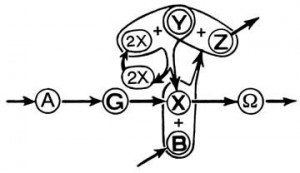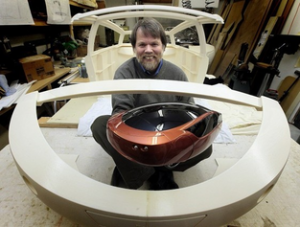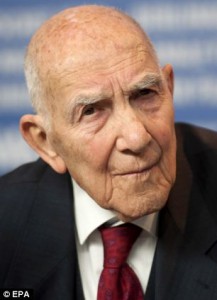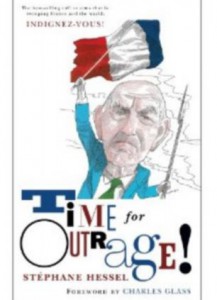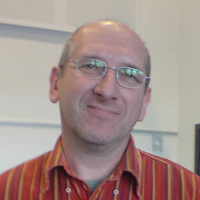
Guest post by Sarah Evans (PRsarahevans), chief evangelist, Tracky, social correspondent at Sarah’s Faves and author of [RE]FRAME: Little Inspirations For A Larger Purpose
The majority of businesses aren’t run efficiently and employees lack the tools and equipment necessary to do their jobs. Quite a wide sweeping statement, I know. But I’ve also been in the trenches. And I realize it’s not for lack of trying. I’ve worked with companies who hired consultant after consultant to help with productivity recommendations, workflow suggestions and overall team building — all in the name of doing better business. These investments never quite had the impact leadership hoped for.
Why?
Because they lacked a fundamental commitment to launch an entire culture overhaul (more about this later). Not necessarily “cleaning house,” but changing the WAY people work individually, collaboratively and publicly. The key lies in this trifecta, partnered with the right people on board.
Now, predictions and estimates show that social collaboration tools will start to rule the roost in 2013. This comes after worldwide enterprise social software revenue surpassed $769 Million in 2011. That only hits one area of professional workflow — those who manage social media. Social software doesn’t include the rest of the work force, requiring some companies to use multiple collaboration tools that:
1. Don’t “talk” to one another or interdepartmentally;
2. Require massive amounts of training, and staff to upkeep software; or
3. Aren’t available for customers and clients to use.
It’s estimated that 75 percent of enterprise-level organizations will adopt a social collaboration platform in 2013. That adoption rate could very well be accurate, but long term use could be hindered if these tools and platforms are implemented ineffectively.


